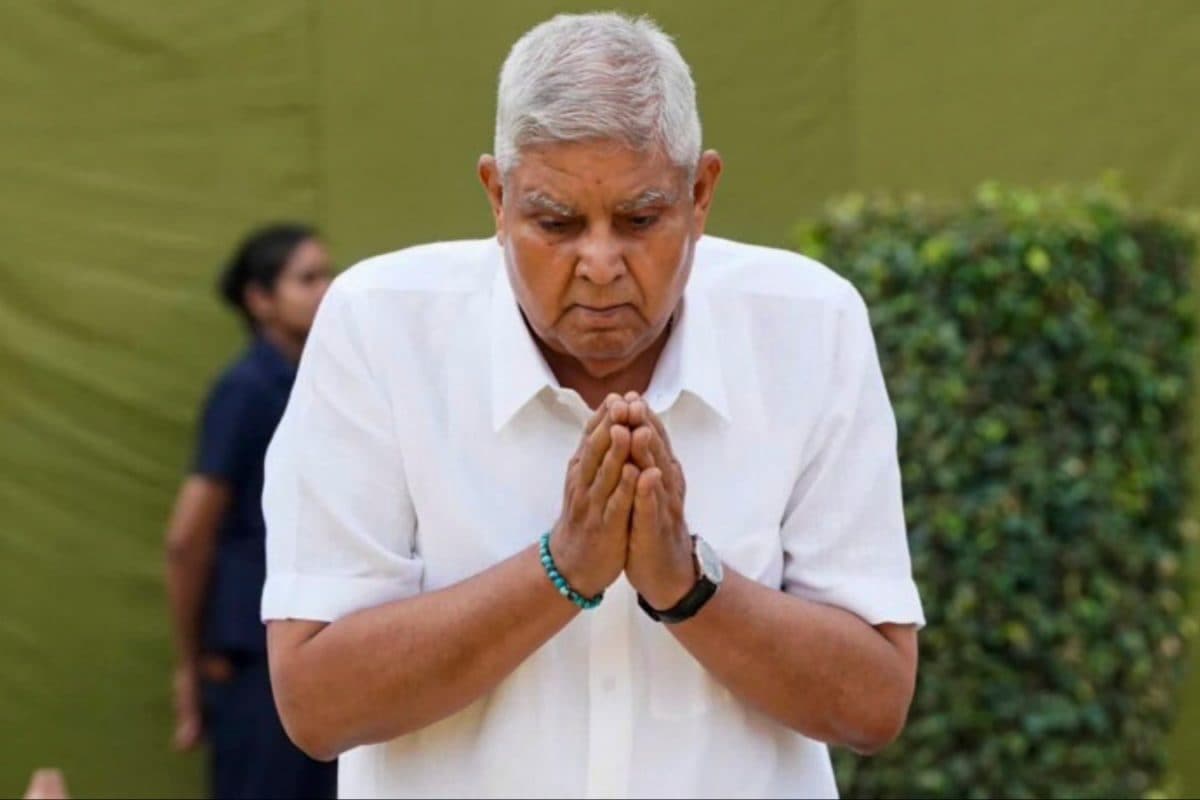

Following the resignation of Jagdeep Dhankhar from the post of Vice President of India, sources indicate that the process to elect a new Vice President may be initiated soon, potentially within 24 hours. Jagdeep Dhankhar resigned as the 14th Vice President of India, citing health concerns, with his resignation being effective immediately.
The Election Process
The election to fill the vacancy will be conducted under the supervision of the Election Commission of India (ECI). The ECI will appoint a Returning Officer, typically a senior parliamentary official, to oversee the election process. The election adheres to the system of proportional representation using the single transferable vote (STV) method, and voting is conducted via secret ballot.
Electoral College and Voting
Unlike the election of the President, where members of Parliament and state legislatures participate, the Vice President is elected solely by members of both Houses of Parliament: the Lok Sabha and the Rajya Sabha. This includes both elected and nominated members. The members of state legislative assemblies have no role in this election. To win, a candidate must secure a majority quota, which is more than half of the total valid votes. If no candidate achieves this threshold on the first round of counting, the candidate with the fewest votes is eliminated, and their votes are transferred based on the next preferences indicated on the ballot. This process continues until one candidate surpasses the required quota. Members of the Electoral College can vote according to their choice and are not bound by any party whip.
Eligibility and Requirements
To be eligible for the office of Vice President, a candidate must:
Furthermore, a prospective candidate needs to secure at least 20 proposers and 20 seconders from among the Members of Parliament to file a valid nomination. Additionally, a security deposit of ₹15,000 is required.
Timeline and Constitutional Provisions
The Constitution stipulates that in the event of a vacancy due to death, resignation, or removal of the Vice President, an election should be held "as soon as possible". While there is no fixed time limit for holding the election, it should be conducted without unnecessary delay. From the day the notification is issued, "calling the electoral college to vote", until the day of the poll, a period of 30 days is usually stipulated. The next Vice President will be elected for a full five-year term.
Possible Scenarios and Political Implications
Jagdeep Dhankhar is the third Vice-President in Indian history to resign before completing his term. Speculations are rife after Mr. Dhankhar's sudden resignation. A former Vice-President is eligible to contest again. The Vice President's post is very important because he acts as the chairperson of the Rajya Sabha.